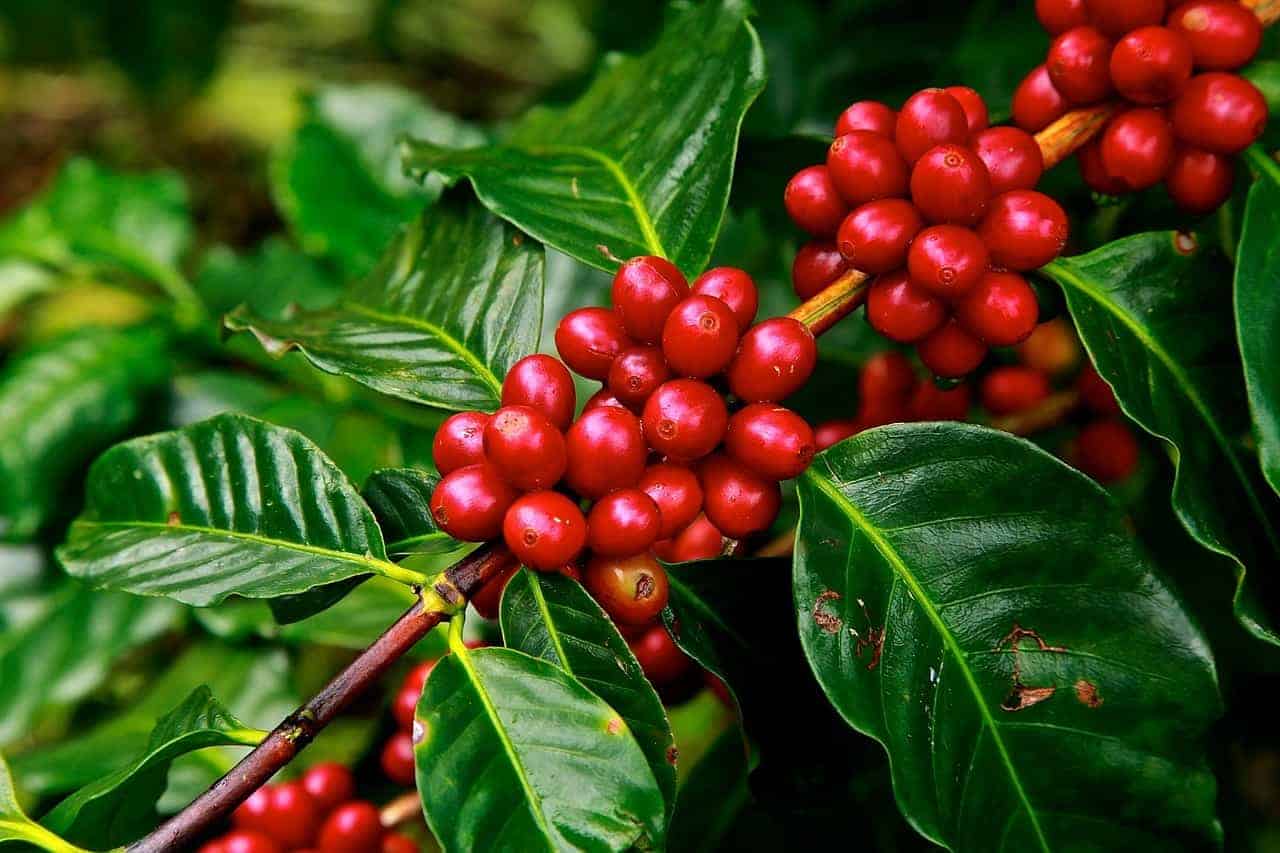For many of us, our day starts as the warm, welcoming aroma of coffee drifting in the air. This beloved beverage not only kick-starts our mornings but also stimulates intriguing scientific discussions about its science. From seed to sip, coffee is a intricate blend of aromas and elements that awaken our taste buds. Understanding the chemistry behind your morning cup can enrich your understanding for this global staple and its myriad forms.
In this coffee blog, we will investigate the intriguing composition of coffee, examining everything from the roast level to methods of brewing. With the latest coffee updates and developments, we’ll explore how different elements influence the taste, aroma, and even nutritional value of your brew. Whether you're a experienced barista or just a coffee enthusiast, this exploration will provide understandings that improve your coffee knowledge and elevate your coffee moment. Accompany CoffeeHype as we begin this scented journey through the art of coffee.
The Chemistry of Coffee Components
The robust and tempting aroma of coffee is the result of a sophisticated blend of aromatic compounds that are emitted during brewing. Among the most essential compounds are caffeine, chlorogenic compounds, lipids, and sugars. Caffeine, a natural stimulant, is famed for its ability to enhance vigilance and mood. Chlorogenic acids, on the contrary, are free radical-neutralizing compounds that add to the singular flavor profile and are thought to provide various health benefits. Together, these compounds create the archetypal experience of enjoying a breakfast brew.
Throughout the toasting process, the browning reaction plays a critical role in developing the flavor of coffee. This chemical reaction occurs when proteins and sugars interact under heat, resulting in the formation of new flavor compounds. As coffee beans are roasted, they undergo intricate transformations that produce multitudes of different aroma and taste factors. This process is what gives each type of coffee its unique characteristics, shaping everything from sweetness to sourness. Grasping the Maillard reaction helps us appreciate why different roasting levels can drastically change the profile of our preferred coffee.
Moreover, the brewing method significantly affects the extraction of these compounds. Factors such as water temperature, brew time, and grind size influence how flavors are laundered from the coffee grounds. For instance, a French press might extract oils and flavors differently than a drip brew or an espresso device. Each method can highlight various notes such as fruity acidity or rich nuttiness, making the science of brewing an important topic for any coffee writing enthusiast. Exploring these relationships reveals not just the skill of brewing but also the science behind what makes each mug of coffee so unique.
Brewing Styles & Its Effects
The manner in which coffee can be brewed may significantly impact its flavor profile and aroma. Each brewing method extracts distinct compounds from the coffee grounds, leading in one-of-a-kind tasting notes and total experiences. For instance, methods like espresso and French press stress the richness and body of the coffee, while pour-over methods highlight clarity and brightness. This range means that coffee enthusiasts have the opportunity to discover diverse flavors according to their selected brewing style, making it a vital aspect of coffee culture.
Moreover, the temperature and time of extraction play critical roles in dictating the final outcome of the brew. Higher temperatures typically extract more oils and acids, causing a bolder taste, whereas lower temperatures tend to yield a smoother cup. In addition to temperature, the grind size of the coffee is equally important; smaller grinds increase extraction speed, which can result in a stronger flavor if managed correctly. Understanding these variables allows coffee lovers to customize their brewing techniques to match their personal preferences.

Finally, the water-to-coffee ratio is a key element that determines the strength and total quality of the brew. A higher ratio of coffee to water typically creates a concentrated and intense flavor, while a lower ratio results in a milder cup. Different brewing methods may require specific ratios for optimal results; for instance, a traditional Turkish coffee may need a stronger blend compared to a cold brew. Getting accustomed with these subtleties not only enhance the home brewing experience and also cultivates a deeper appreciation for the complex science behind every single cup of coffee.
Positive Aspects of Drinking Coffee
This beverage is more than just a morning ritual; it is packed with a variety of wellness advantages that can improve your overall well-being. Research has indicated that reasonable coffee consumption is linked to a decreased risk of several persistent health issues, like type 2 diabetes, cardiovascular disease, and certain types of cancer. The natural antioxidants in coffee, such as chlorogenic acid, play a key role in shielding cells from damage and encouraging better health outcomes.
Furthermore, coffee can enhance your cognitive function and enhance mood, thanks in part to its caffeine content. Studies reveal that caffeine can boost alertness, concentration, and even immediate memory. In alongside its stimulating effects, coffee may help diminish the risk of neurodegenerative diseases like Alzheimer's and Parkinson's, making it a valuable beverage for brain health as we age.
Finally, the healthy advantages of coffee reach past physical health; it can also enhance social well-being. Enjoying a cup of coffee can be a enjoyable experience shared among friends, helping to build connections and alleviate stress. With its rich history and cultural significance, coffee remains a crucial aspect of community life, making it not just a beverage, but an essential part of everyday life.
